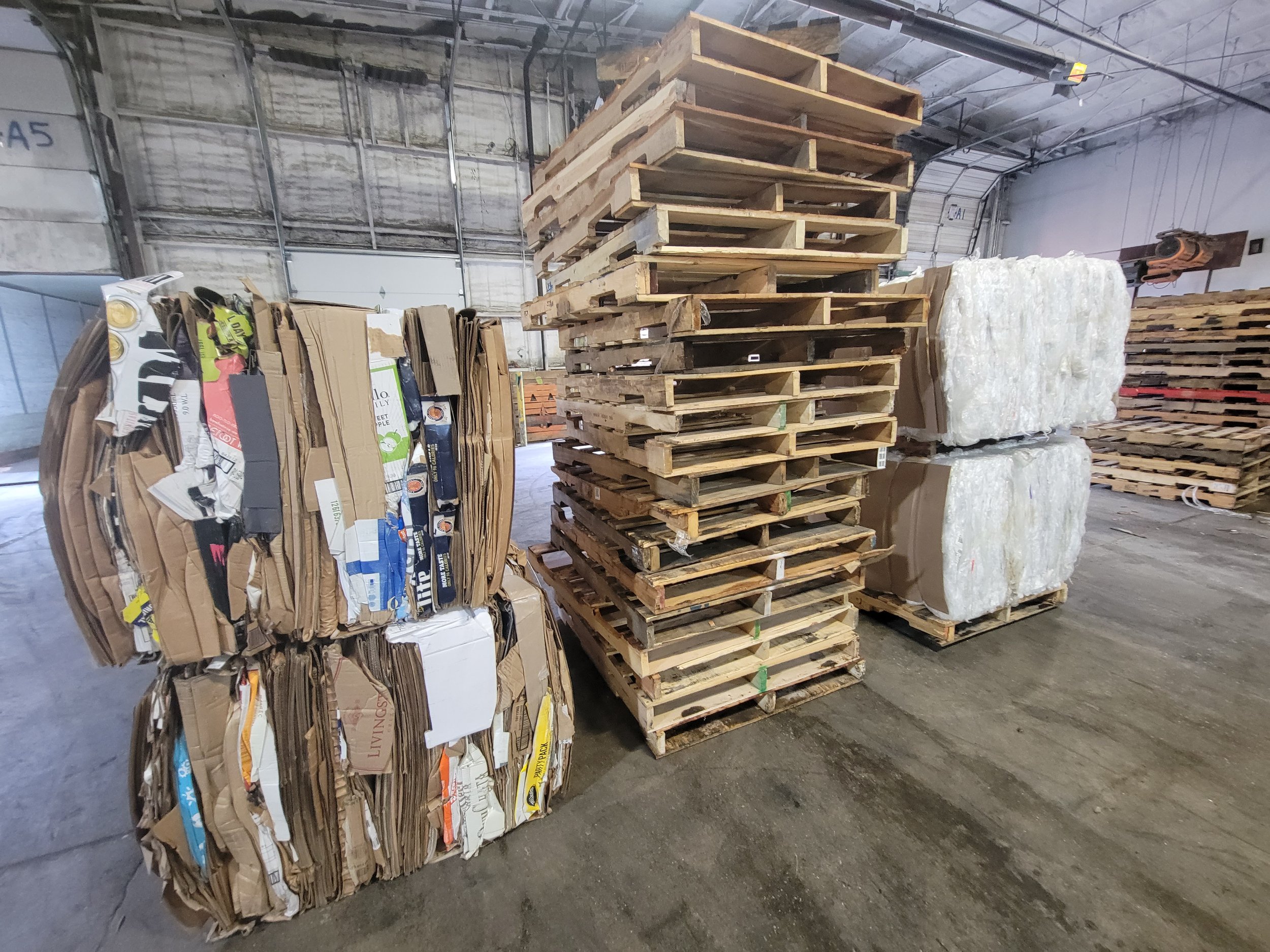How Custom Pallets Are Made
Wooden pallets are one of the most important components of worldwide shipping networks. They facilitate efficient materials transport and logistics. Different industries require custom-designed pallets with exact specifications for specific applications.
Today, the Tri County Pallet & Mulch team is here to tell you everything you need to know about custom pallet design.
How Do Companies Manufacture Wooden Pallets?
Despite what many people think, most pallets are not mass-produced on an automated factory line. One of the major benefits of automation is that it allows repeated production of identical units with no difference between the two. Automation is also costly and typically only offers returns at large scales.
However, companies often need custom pallets for specific packaging solutions. Companies also do not typically buy massive amounts of pallets at once; instead, they usually buy as they go.
Retooling an entire automated factory line for a single custom pallet design production run would be extremely arduous for a manufacturer. It also would not be cost-effective.
Rather, companies build pallet designs using a wide variety of methods and tools, ranging from assembly machines to lumber-cutting machines. The company first acquires the lumber and cuts it to the proper specifications. Afterward, we assemble individual wood pallets according to your custom specifications by hand and using pallet assemblers.
Crate Assembly
Crates do not have a standard size, so we manually create crates for each client. Custom wooden pallets and crates provide superior performance because we can tailor them for specific applications. As a result, they gain better balance and resistance.
Stringer Pallets
Stringer pallets are one of the most standard pallets. They feature "stringer" boards that provide load support between the bottom and top boards.
Stringer pallets typically have two to four notches in the bottom to allow forklift entry. The average size of stringer pallets is 48 x 40", though other sizes are available. When reading stringer pallet dimensions, the first number represents the length, and the second number represents the width.
Block Pallets
Block pallets are another common wood pallet solution for packaging operations. They feature support blocks regularly positioned underneath the horizontal support slats. Block pallets are four-way entry pallets and can either have or not have a bottom deck base.
Solid Pallets
A solid pallet design features the same support structure as block pallets but has a flat top surface without any gaps. Solid deck pallets are very stable and easy to clean. They are best suited for transporting small items that might fall between the slats on block and stringer pallets.
Wood vs. Plastic Pallets
Wood pallets are the most common option, but companies also manufacture plastic-based pallets. Plastic custom pallets are best suited for packaging applications that require strict hygiene requirements, such as in the food and medical transportation industries.
Plastic packaging materials are durable and last a long time. However, unlike wood, you cannot recycle them.
In contrast, wood pallets are much less expensive to create and specialize for specific customers. If your business needs a pallet application, a wood pallet will most often be the most efficient solution.
Custom-Built Pallets
Custom pallets make the shipping world go round but are one of those details of the industry that goes unnoticed. Tri County Pallet & Mulch provides custom pallet design services in Akron and Cleveland, OH. In addition to manufacturing, we also offer pallet recycling and pallet repair. If you would like to learn more about our custom pallet design and pallet manufacturing services, contact us online or call today at (330) 848-0313.




